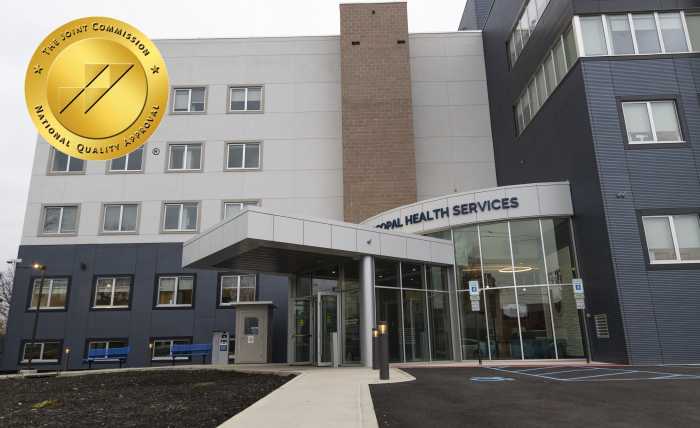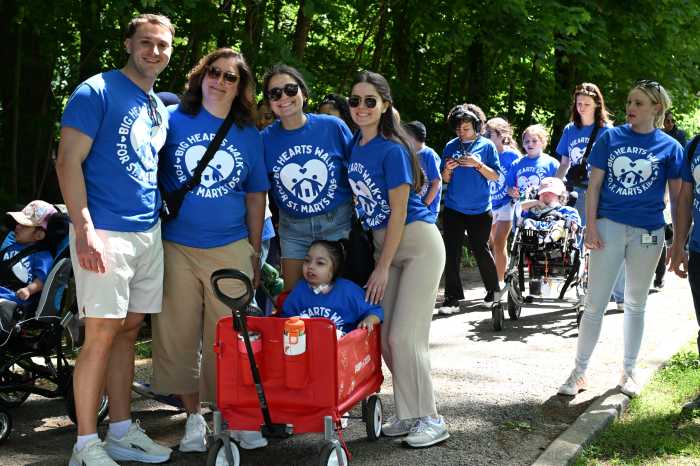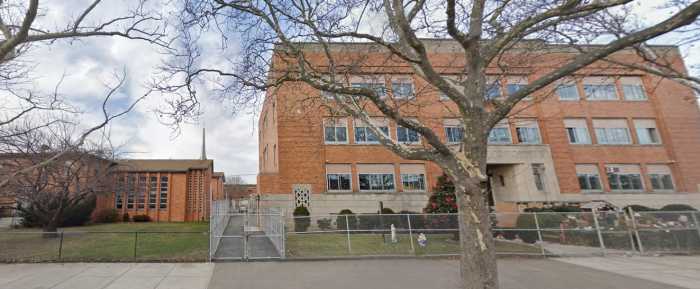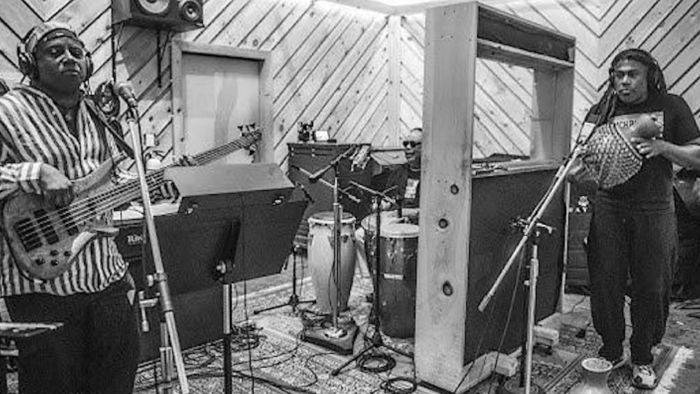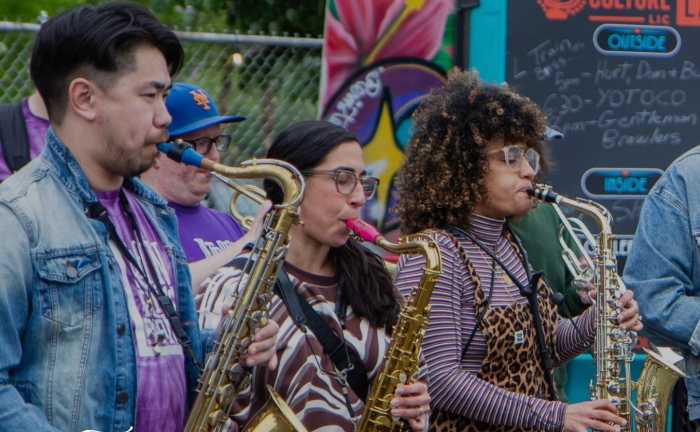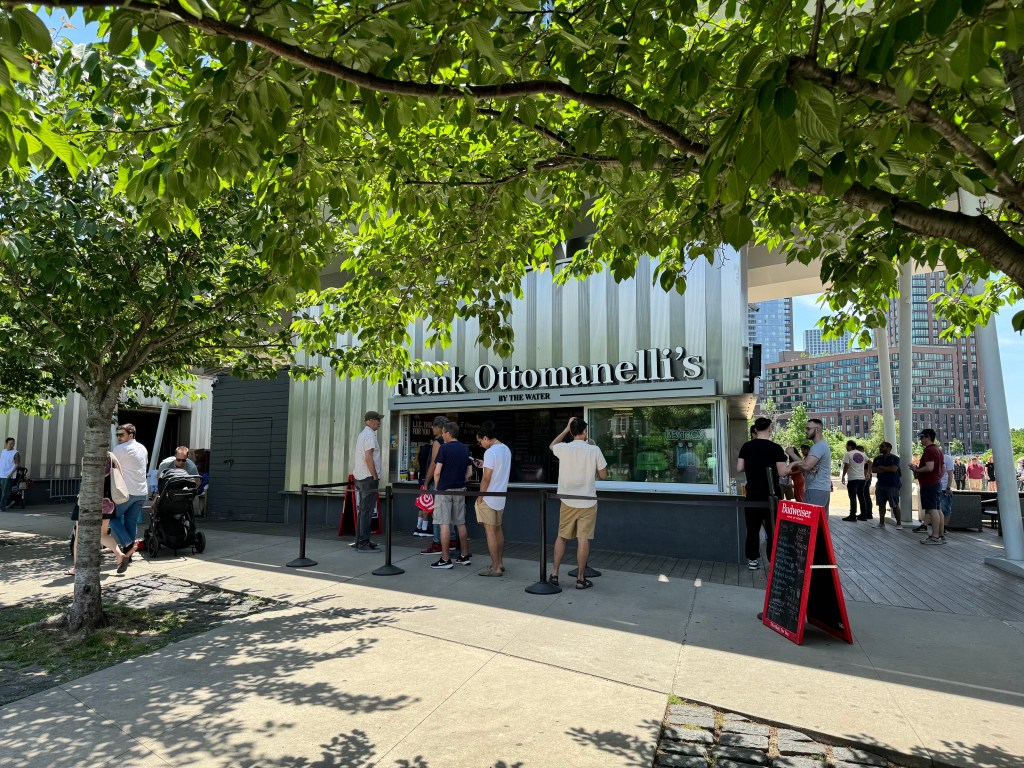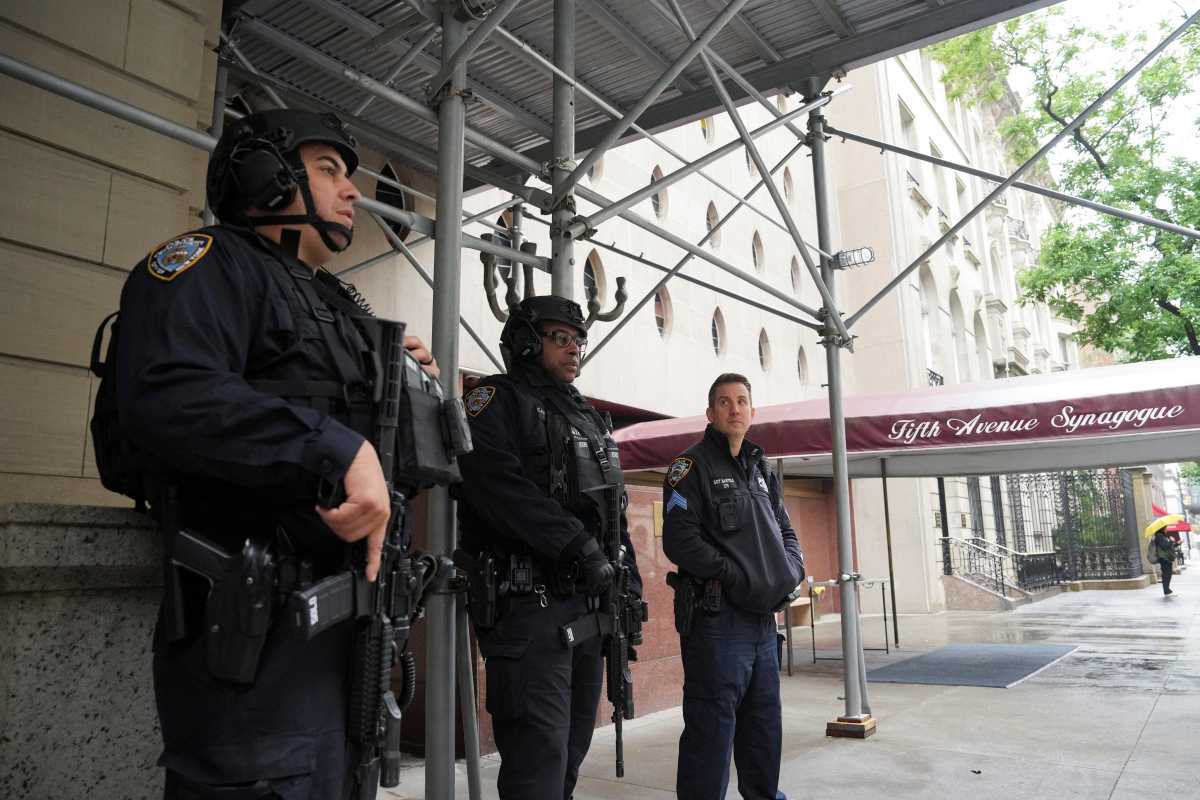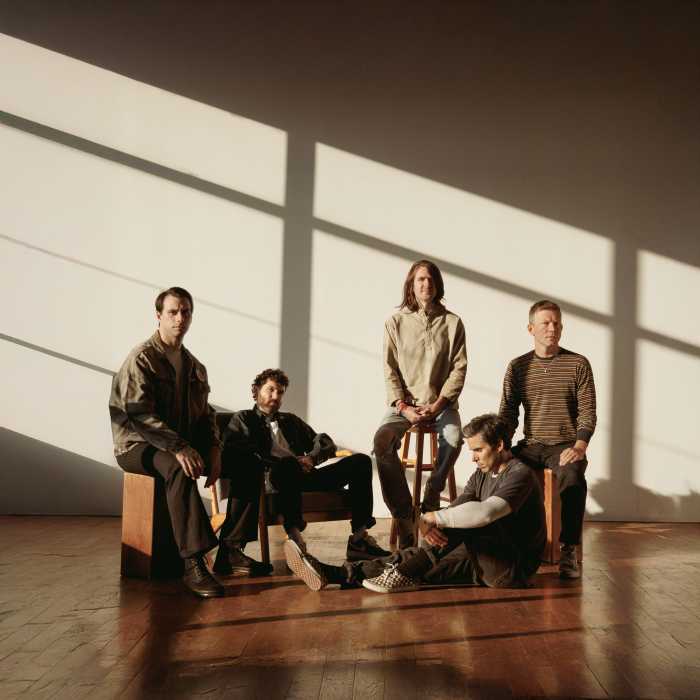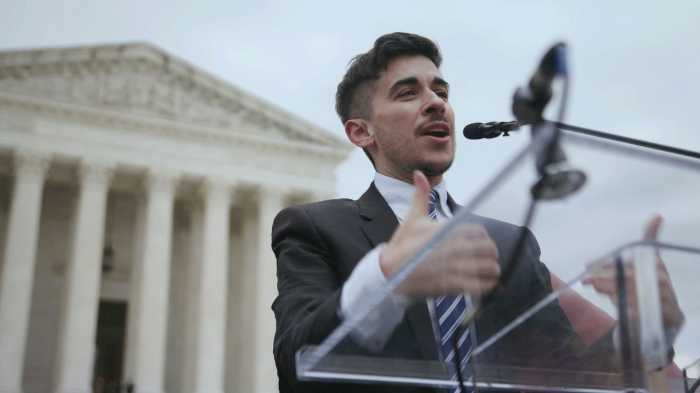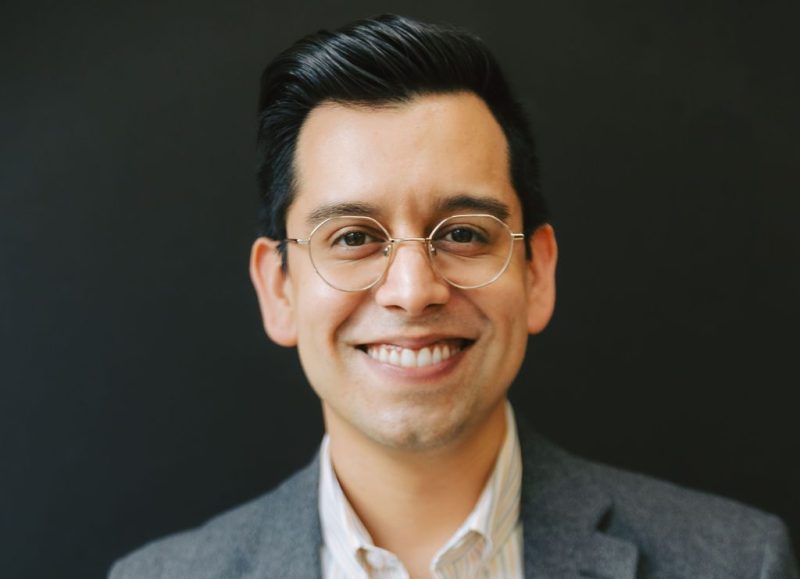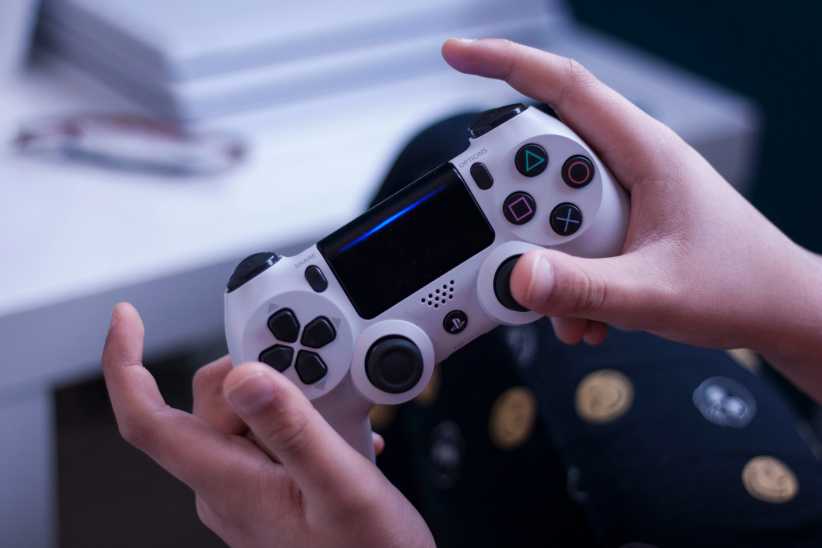Alexandra Patino wants to make sure her clients feel safe and comfortable as soon as they walk through the door. One of her employees is trained to do just that. Safety and comfort are especially important to Patino’s clientele, who, as victims of domestic violence, have already been through so much.
Patino, of Sunnyside, has been assigned the task of Executive Director for the new Queens Family Justice Center in Kew Gardens, which officially opened its doors on July 21st. She’s already impressed with the center, which saw 106 visitors in its first week of operation, according to the city.
“It’s been going really well,” she said. “We’ve had clients walk in. We offer them a place that seems hospitable and try to make them as comfortable as possible.”
The Queens Family Justice Center offers free counseling, legal, law, financial and spiritual services to victims of domestic violence and their children in 10 different languages on-site. Anyone who walks into their door Monday through Friday between 9 a.m. and 5 p.m. can receive services from over 20 city and private organizations, including Barrier Free Living, New York City Police Department and Safe Horizon.
As executive director, Patino’s job is facilitating the convergence of the many organizations under one roof. “It’s really like a coordinator, that’s basically what I do,” she said. “I’m the link to the Mayor’s Office to Combat Domestic Violence (OCDV) and to all city agencies as well. If anyone needs anything, they usually come to me, and I mean anything, everything.”
New Yorkers report over 200,000 incidents of domestic abuse to the police in an average year, according to OCDV. As of June 30th of this year, domestic violence has claimed the lives of 10 people in Queens. Fourteen Queens residents were killed in domestic violence cases in 2007 and eight were killed in 2006. Since 2006, over 70 percent of these cases had no known prior police contact, according to OCDV. About or over 94 percent of these cases had no current order of protection.
“The Family Justice Centers streamline the process of receiving supportive services to encourage domestic violence victims to seek and receive the help they need,” said a justice center pamphlet. “By offering services in one central facility, victims can avoid the challenges faced by having multiple appointments in various locations throughout the City, often with their children in tow.”
The first Family Justice Center in New York City opened in Brooklyn three years ago. “Brooklyn has been great and they have a really high volume,” Patino said. “They’re seeing about 1,000 cases a month (first time and repeat visitors). I think they’re the largest family justice center in the country. There’s a lot to learn from the Brooklyn Family Justice Center.”
The Queens Family Justice Center will try to take what has worked in Brooklyn to another borough, OCDV Director of Communications Kathleen Rafferty said, but that’s not enough.
“The one piece that’s fantastic about being able to have one in Brooklyn, in Queens and eventually the Bronx, is that these boroughs are so different from each other,” she said. “The Queens center will be able to play to this community’s needs. We know that over half of this borough is foreign born, we have to be accommodating to that fact.”
That may be part of the reason Patino, whose family emigrated to Queens from Colombia, was chosen to fill the top spot of the center. “I know Queens,” she said. “I’ve lived in every part of Queens.”
Before she began her career with OCDV in 2005, Patino practiced law after she obtained her degree from CUNY Law School in 2003. “I was working on a lot of asylum cases, I liked it, but I felt that I wanted to work more closely with women’s issues,” she said. “Sometimes I was actually representing offenders, and I wasn’t crazy about that. [OCDV] seemed to fit right into the concerns that I had and the issues that I was interested in working with.”
Among her duties, one thing Patino said she was hands-on with was the design and construction of the justice center building. “This is a stand-alone building, it has a lot of unique issues that you do not have in a building where you’re just sticking up office space,” she said. “The Department of Citywide Administrative Services has been really fantastic for getting this from a building that was basically gutted to this building that a lot of people find pleasant and the partners love.”
Little things such as the colored lines on the white walls for clients to help navigate the center give the building a warm touch, Rafferty said. Clients are also kept in mind with the waiting area’s design, where they can see their children through the glass walls of Margaret’s Place, the children’s room named after Joe Torre’s mother, who was a victim of domestic violence. Even the employee’s lounge gives members of different sections an opportunity to discuss how to streamline services further, Rafferty said.
“We found it amazing how we are able to get services faster and quicker than before,” said Scott Kessler, Bureau Chief of Domestic Violence for the Queens District Attorney. Their offices have moved to the justice center. “It’s like going from a Yule goat to an escalade,” he said.
Patino hopes both the services and the building that houses them will draw in victims of domestic violence. “I think the center is addressing a serious need,” she said. “I’m looking forward to the progress of the services we can offer.”
The Family Justice Center is located at 126-02 82nd Avenue, Kew Gardens, New York 11415.

